Social media toolkit
Find out how to use social media to showcase what we do in Scouts.
Social media is a great way to engage with your local community and spread the word about the fantastic things your Scout Group gets up to.
Social media provides the opportunity for:
- Creating positivity around what Scouts does in your community.
- Making focused content that engages at a local level.
- Creating interaction and engagement between you and your audience.
- Making shareable content to expand the impact of what we do in Scouts.
What can I use social media for?
Social media on its own won't directly recruit new volunteers and young people, but if used well it can create a range of opportunities that increase the visibility of what we do in Scouts.
It’s important to remember social media is an active platform. Being seen to be active with our content is the key to becoming noticed and a valued part of online communities. This applies to both new and existing social provisions.
Social media can also be used to build visibility for existing Groups and Units, and generate crucial visibility during the process of setting up new Groups or sections.
Here are some themes to convey in social posts around a new Group:
- Warm environment. These posts plant the initial seeds about a Group’s arrival, making the local community feel good about Scouts and what it has to offer.
- Promoting a new Group. These social posts are designed to promote a new Group, giving all the information young people, parents and carers, and potential adult volunteers need.
- Celebrating a new Group opening. These posts are filled with fun and excitement. They detail everything that happened in the first night or first few weeks of the Scout Group opening.
- Celebration and impact. These posts focus on what the Group has been up to in first six months or so. Think about things like first camps, activities, and badges. This content celebrates the impact of the new Group and the skills learned by the young people in it.
Top tips for using social media
When deciding which social media platforms would be best to use, it’s important to think about what you want to achieve.
Ask yourself:
- Do we have a specific target audience? Are they in a certain location, of a particular age, or part of a certain community?
- What kind of content are we aiming to produce?
- What level of engagement do we wish to have?
- Is the way your posts are written and produced going to help with the aims you set out? Is your language simple and easy to read? Try to avoid using Scouts’ jargon.
Social networking
Our main purpose in using social networking platforms – such as Facebook, Twitter/X, LinkedIn and NextDoor – is to connect with people online. Social media can allow you and your team to get to know and take part in your local online community. Effective use of social media allows you to build trust with your community, giving them opportunities to engage with what Scouts does.
Media sharing
Media sharing platforms – like Instagram, YouTube and TikTok – lets you share photos and videos along with small amounts of text. These platforms can work well for Scouts, as they're great for reaching out to young people to let them get to know what your Group does.
Find your target audience
- NextDoor – Through sharing both images and text, NextDoor helps neighbours interact and pass on information about what’s going on in their community. Using NextDoor is a great way to promote your Scout Group, and its events, locally. Learn more about how to use NextDoor.
- Twitter/X – Twitter/X is an effective way of engaging influential people, such as politicians, as you’re able to tag them into relevant posts. If you’re lucky, a tagged person might share your post to their followers.
- Instagram – Instagram works particularly well for reaching out to young people, particularly those of Scout and Explorer age, and their parent and carers.
- Facebook – Facebook is most parents and carers favourite social media platform, proving a great way to reach your local community online. Facebook is much more targeted (and controllable) than other social media platforms.
Learn more about how to use different types of social media on Digital Skills.
Whatever social media platform you choose, here are a few good practice tips:
- Keep active. Posting regularly builds and sustains visibility for your Group within the online community.
- Know your audience. Are you talking to parents or carers of existing members, new parents and carers, potential volunteers, the local community or young people themselves? Tailor your posts to your target audience.
- Know what you want to gain. What purpose does the content you create have? Is its message clear? Who are you creating your content for?
- Good quality content. Posting good quality content on social media will lead to stronger engagement from those you want to build bonds with in your community.
- Programme content. Share content that shows what we do in Scouts, like programme activities where young people are learning new skills as they work towards achieving a badge.
- User generated content. Content created by Scouts’ young people and volunteers works well on social media. It allows everyone to show their creative side, and gives a fascinating insight into what your Group has been up to.
- Follow up any interest. Responding to a comment or direct message helps build relationships within your community, and encourages young people or potential adult volunteers who are keen to find more about Scouts.
- Simple language. Is what you’re saying clear and concise? Remember most people don’t know what common Scouts’ terms mean. When writing about different sections, try to include the age of the members, for example Squirrel Scouts (ages 4 to 5). Always write with your audience in mind, making sure key information comes across in a simple, engaging way.
Within every community, there are influential people who could support Scouts and help to boost your Group’s visibility on social media. It’s a good idea to reach out to these people, as they may share your content with their audiences.
- Community groups and local businesses. Many towns and villages have a community noticeboard or news group, particularly on Facebook. These usually have local businesses as members.
- Elected politicians and councillors. Local politicians and councillors want to engage with their community, so tagging them in relevant content is a good way to reach their followers, creating more visibility for your posts.
- Schools. Raise awareness about a new Scout Group, or spread the word about spaces in younger sections, by tagging a school in your content or contacting local schools directly. Many have weekly newsletters, as well as social media accounts followed by parents in the community.
- Religious leaders. Leaders of religions within a community hold a lot of influence and can provide assistance when you’re raising awareness around volunteer recruitment or demonstrating the skills that can be developed through Scouts.
- Police and fire stations. If your Group visits a station, or you have a guest from one at your meeting, be sure to tag them into posts about it. That way they’ll be able to share, spreading the word about Scouts to their audience.
When tagging influential people in your posts, remember to make sure your content is relevant to them. This will encourage them to share and interact with your page.
Keeping these tips in mind can help with recruitment:
- Show what you do. Putting content based around programme activities on social media is a great way of showing the skills young people and adult volunteers learn through Scouts. Show what your Scout Group is all about by sharing content from fun sessions, Cubs up a climbing wall, Scouts learning some first aid or Beavers doing team games. Demonstrating the range of fun activities your Group gets up to each week will encourage people to get involved.
- Demonstrate skills. Use social media to show the range of skills that can be gained through Scouts. Remember to also share information on the skills adult volunteers learn, especially those that could help them in their personal and professional lives.
- Ask. Include a question in your posts. Doing this is a good way to build interest, letting people know they’re able to get involved in what Scouts does, both as young people and potential adult volunteers. Something as simple as ‘Could you get involved?’ should help in recruiting new volunteers.
- Drop a note to those who engage. By replying to comments or private messaging those who engage with you posts, you can start a one-to-one interaction. This is a great way to answer any questions, and discover if Scouts is something they’d like to get involved in.
Top tips for staying safe on social media:
- Admins. These are the people who control a Facebook page or group, including who has access to it. Admins can manage all aspects of a Facebook page, from assigning and changing roles to publishing posts and direct messaging with those who engage.
An admin role should only be held by the leaders of the Group/Unit the page represents. - Stay non-political. Scouts is a non-political body. Social media platforms being used for Scouts’ purposes must not endorse any particular party or candidate. Any posts you make, via Scouts’ social media, must be politically neutral.
- Topical subjects. It’s important that your Scouts’ posts stay away from topical subjects, especially those which may cause upset or offence.
- Monitor offensive comments or risk. Keep an eye out for any negative or offensive comments posted on your page or within your group, and make sure these are monitored.
- Permissions and consent. When posting images or videos to social media, make sure you have permission and consent for everyone featured in them, especially young people. Where young people are featured, it’s essential you have permission from their parents/carers.
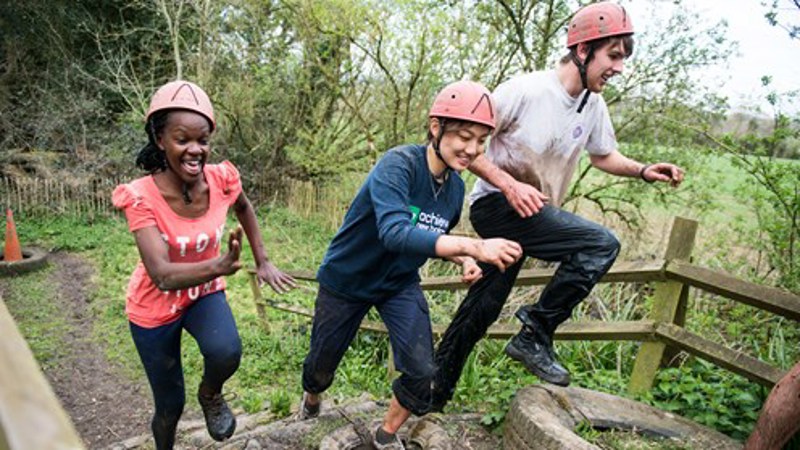
The brand centre has everything you need to create great communications, including logos, templates and guidelines.
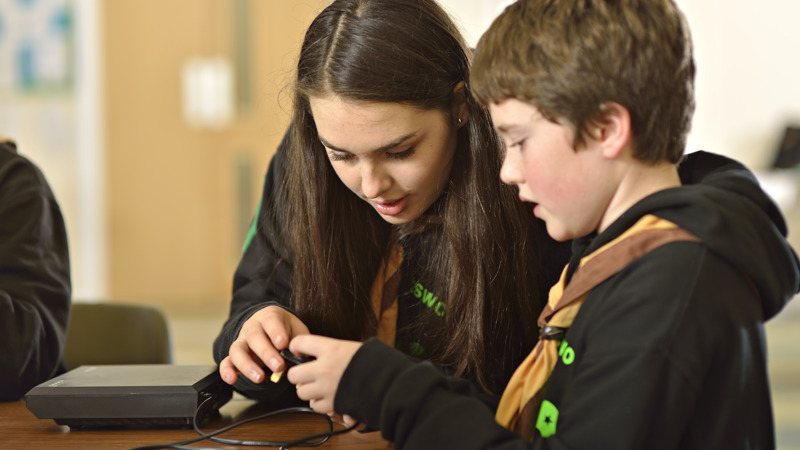
If you want to learn more about different digital tools, visit Scouts' Digital Skills platform.
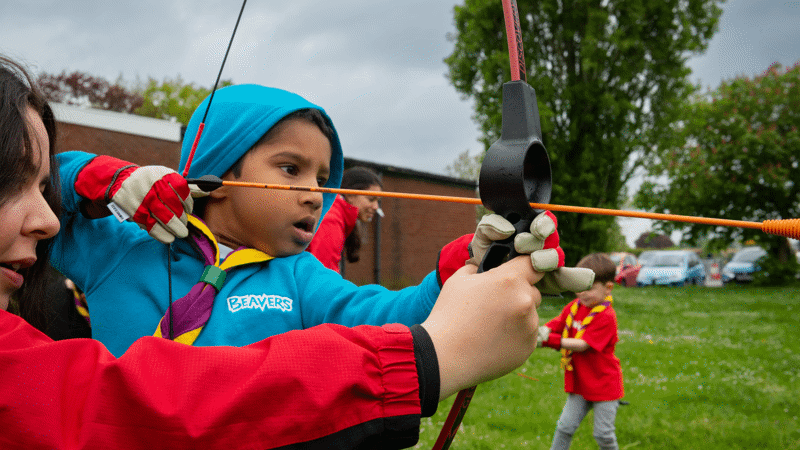
Run paid campaigns
For guides on how to run paid campaigns, visit:
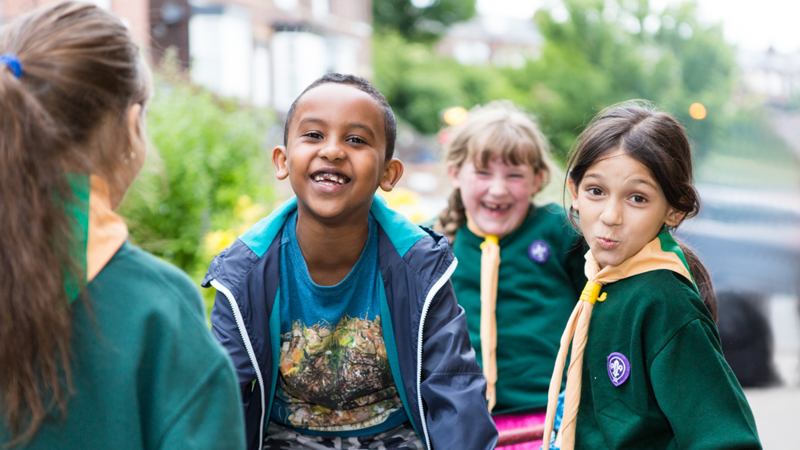
Learn to generate positive local media coverage on the radio, in print and online outlets.
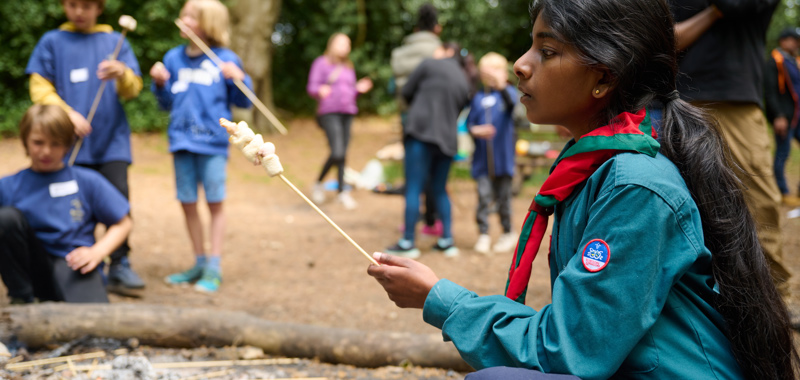
Learn to use member communication to build a network of advocates and supporters.